How To Sharpen a Pocket Knife
- January 30, 2024
- 0 comment
A sharp pocket knife is not just a tool; it’s a companion for everyday tasks, outdoor adventures, and emergency situations. The purpose of this guide is to walk you through the process of sharpening your pocket knife, ensuring it’s always ready when you need it.
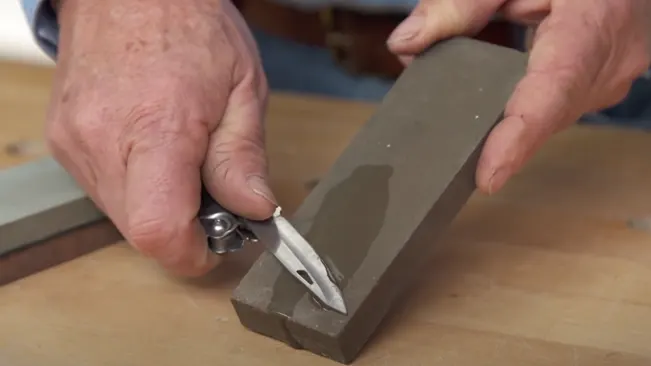
Understanding Pocket Knives
Pocket knives come in various shapes and sizes, with blade materials ranging from stainless steel to high-carbon steel. Understanding your knife’s construction helps determine the best sharpening approach. Common uses of pocket knives include cutting, carving, and even self-defense in certain situations.
Preparing for Sharpening
Before embarking on the journey to restore your pocket knife’s sharp edge, it is crucial to gather all the necessary tools and prepare your workspace adequately. This preparation not only makes the sharpening process smoother but also ensures safety and efficiency. Here’s a detailed guide on how to prepare for sharpening your pocket knife:
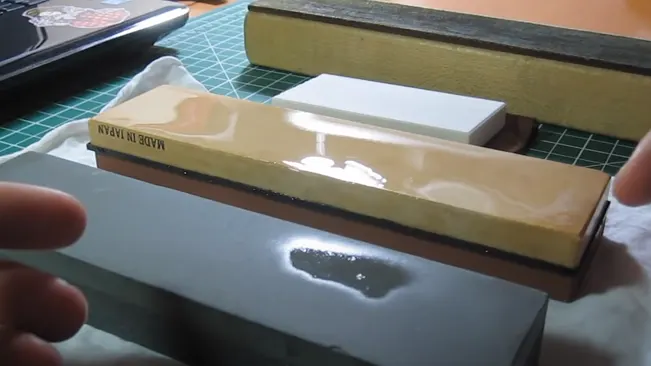
Selecting the Right Sharpening Tools
- Whetstone: Often considered the best tool for sharpening knives, a whetstone offers control and precision. They come in different grits, with lower numbers being coarser for initial sharpening and higher numbers for fine-tuning the edge. Having a range of grits (e.g., 400, 800, and 2000) will provide more versatility.
- Honing Rod: Ideal for maintaining the knife’s edge between more thorough sharpening. It doesn’t remove much metal but realigns the edge of the blade.
- Pocket Knife Sharpener: These are great for beginners and offer a convenient and quick way to sharpen. They often feature preset angles, making it easier to
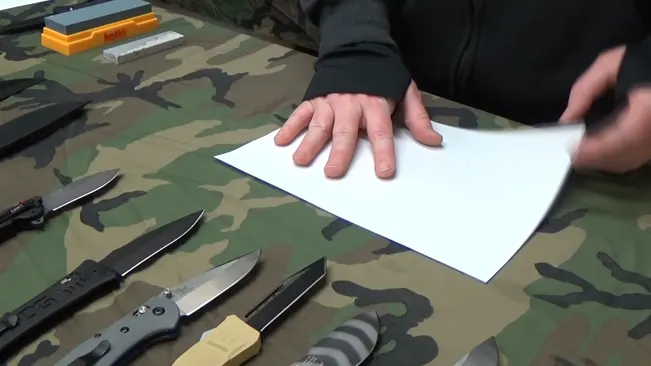
Preparing the Workspace
- Choose a Well-Lit Area: Good lighting is essential for safety and precision. You need to see the angle of the blade and the condition of the edge clearly.
- Stable Surface: Ensure the surface you are working on is stable. Any wobbling or shifting could lead to inconsistent sharpening or even accidents.
- Water or Oil for the Whetstone: If you’re using a whetstone, some require water or oil to lubricate the stone, which aids in the sharpening process. Check the manufacturer’s recommendation for your specific stone.
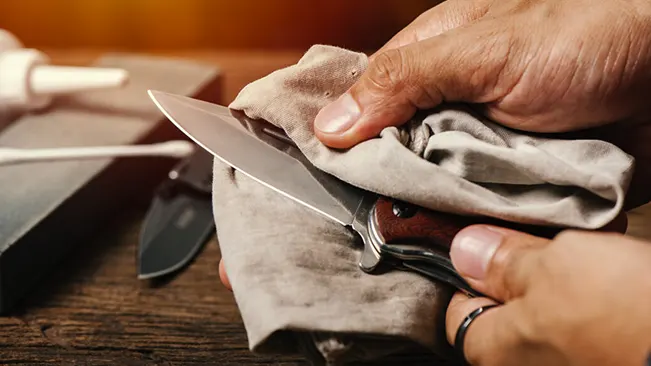
Cleaning the Knife
- Wipe the Blade: Use a damp cloth to clean the blade. This removes any dirt, grease, or debris that could affect the sharpening process.
- Dry the Blade: Ensure the knife is completely dry before starting to sharpen. Any moisture can affect the grip and the angle of sharpening.
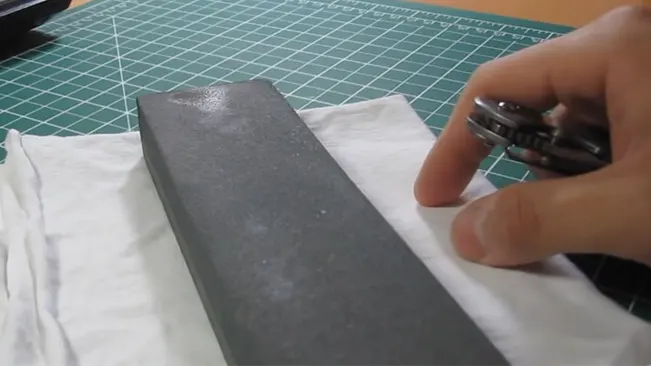
Setting Up for Safety
- Wear Protective Gloves: If available, wear cut-resistant gloves to protect your hands.
- Secure the Sharpening Tools: If using a whetstone, place it on a non-slip base to prevent it from moving while sharpening.
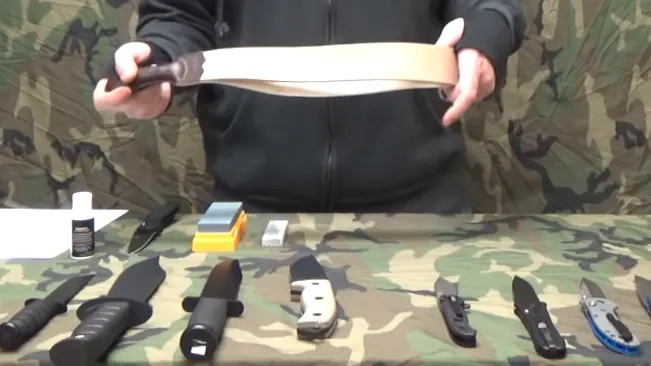
Mentally Preparing for the Task
- Understand the Process: Familiarize yourself with the sharpening process. Each tool requires a different technique, and understanding these can greatly affect the quality of your sharpening.
- Patience and Attention: Sharpening a knife is a skill that requires patience and attention to detail. Prepare to take your time and focus on the task at hand.
By thoroughly preparing your tools and workspace, you set the stage for a successful and safe sharpening experience. Remember, the key to a well-sharpened knife lies not only in the technique but also in how well you prepare for the task.
Sharpening Techniques
Sharpening a pocket knife is an art that requires understanding the subtleties of each tool you use. Here, we delve into the specific techniques for using a whetstone, honing rod, and pocket knife sharpener, ensuring you can achieve that razor-sharp edge safely and effectively.
Using a Whetstone
Preparation: Begin by soaking the whetstone in water for about 5 to 10 minutes (if it’s a water stone) until bubbles stop rising to the surface. This process is essential as it lubricates the stone, reducing friction and preventing the blade from overheating during sharpening.
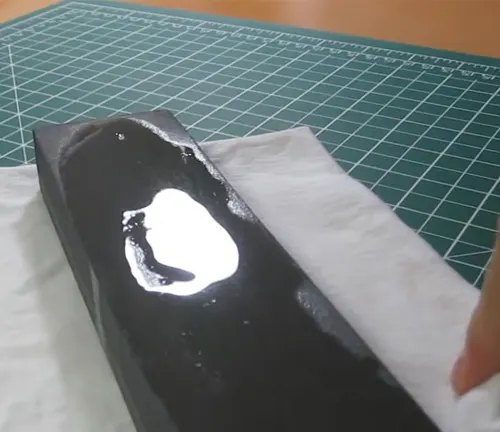
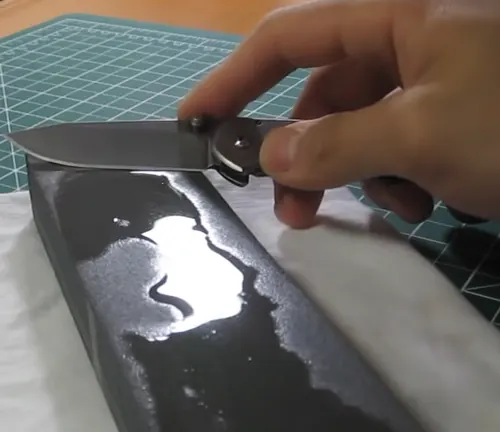
Finding the Right Angle: Hold the knife at the correct angle against the stone. For most pocket knives, a 20-degree angle per side is a good starting point. You can use angle guides if you’re unsure about maintaining this angle consistently.
Sharpening Process: Gently glide the blade across the stone in smooth, even strokes. Start from the base of the blade and move towards the tip in a sweeping motion. Ensure you sharpen the entire length of the blade, maintaining the angle and applying even pressure throughout.
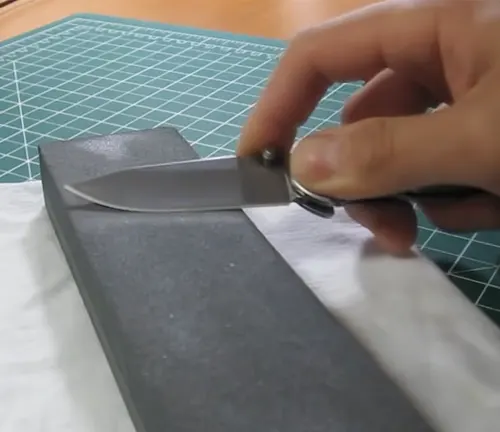
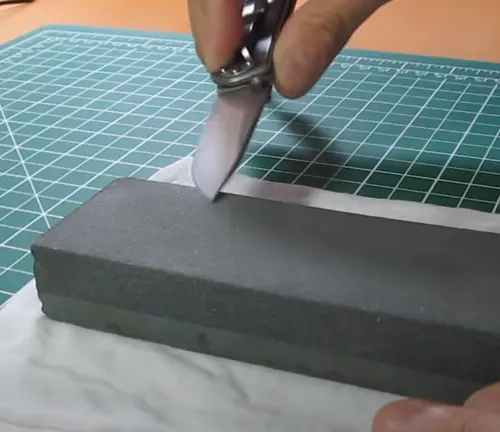
Switching Sides and Grits: After several strokes, flip the knife to sharpen the other side, ensuring an even sharpen on both edges. Progress from coarser (lower grit) to finer (higher grit) stones to refine the edge.
Using an Honing Rod
Steadying the Rod: Hold the honing rod vertically with the tip securely rested on a non-slip surface. This stabilizes the rod, allowing for precise control as you sharpen the knife.
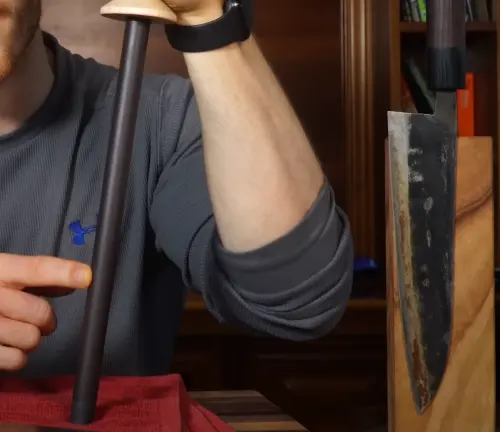
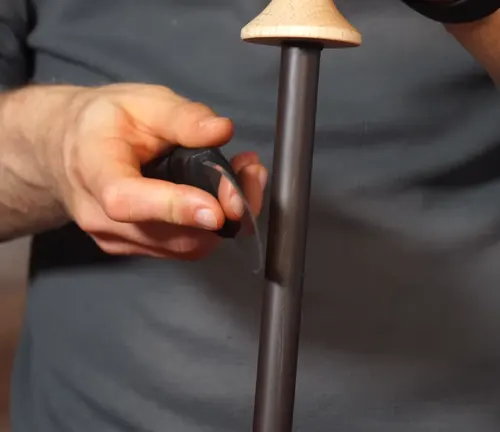
Angle and Motion: Similar to the whetstone, maintain a consistent angle of about 20 degrees. Swipe the blade down and across the rod, starting from the heel to the tip of the knife. Repeat this action a few times on one side before switching to the other side.
Regular Maintenance: While honing rods don’t sharpen a dull blade, they are perfect for maintaining an edge and straightening minor bends. Use it regularly to keep your knife in optimal condition.
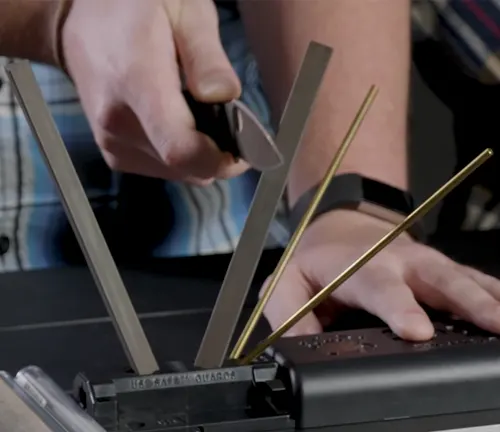
Using a Pocket Knife Sharpener

Understanding the Tool: Pocket knife sharpeners are convenient and often come with pre-set angles, making them ideal for beginners or quick sharpening sessions. These sharpeners typically have two slots: a coarse sharpener for dull blades and a fine sharpener for honing.
Proper Technique: Place the sharpener on a stable surface. Drag the knife through the appropriate slot with moderate pressure. Start from the base of the blade and pull towards you, following the curve of the blade.
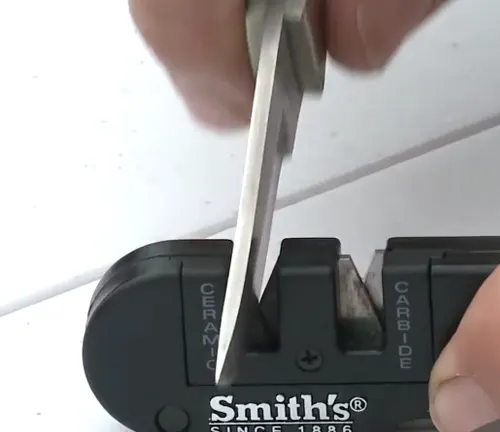

Consistency and Pressure: The key to effective sharpening with these tools is consistency in angle and pressure. Even though the angles are pre-set, maintaining steady, even pressure ensures a uniformly sharp edge.
Additional Tips:
- Regularly check the sharpness of your blade by carefully feeling the edge (away from the direction of the blade) or testing it on a piece of paper.
- After sharpening, it’s important to clean the blade to remove any metal filings or debris.
- Sharpening skills improve with practice. Be patient and attentive to the feedback your knife gives you during the sharpening process.
By mastering these techniques, you can ensure that your pocket knife remains sharp, reliable, and ready for any task. Remember, each tool and technique requires a bit of practice, but the reward of a well-sharpened knife is worth the effort.
Advanced Tips and Tricks

Sharpening a pocket knife is a skill that benefits greatly from experience and knowledge of advanced techniques, especially when dealing with different blade shapes and addressing common issues. Here are some tips and tricks to elevate your sharpening skills:
Sharpening Serrated Blades
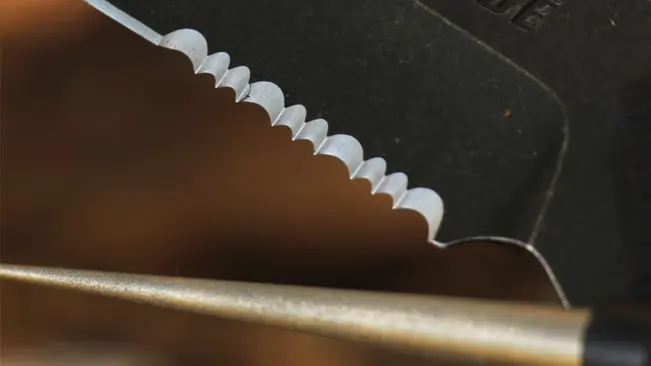
Use the Right Tool: For serrated blades, use a round sharpening rod that fits into the serrations. A tapered rod is ideal as it can accommodate various serration sizes.
Technique: Gently run the rod through each serration, using light pressure. Work on one serration at a time, matching the angle of the beveled edge. Be careful not to oversharpen, as this can wear down the serrations.
Sharpening Curved Blades
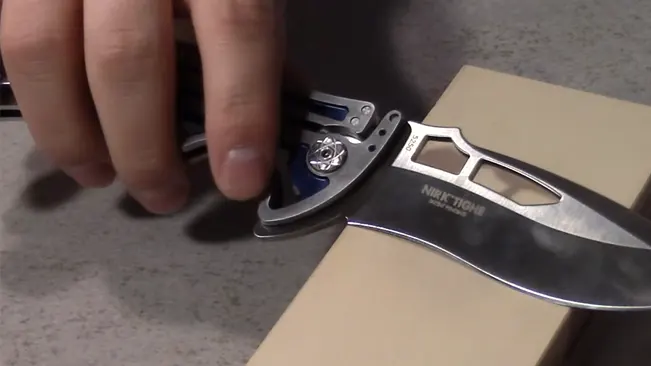
Adapt Your Technique: Curved blades, like those on hawkbill or karambit knives, require you to adapt your sharpening angle as you follow the curve.
Maintaining Contact: On a whetstone, maintain steady contact between the blade and the stone throughout the curve. This may mean altering your wrist angle as you move along the blade.
Regular Maintenance

Honing vs. Sharpening: Understand the difference between honing and sharpening. Regular honing can keep the edge aligned and delay the need for more aggressive sharpening.
Stropping: After sharpening, use a leather strop to polish the edge. This removes any burr and aligns the edge, resulting in a sharper and smoother cut.
Dealing with Uneven Sharpening

Identify the Cause: Uneven sharpening often results from inconsistent angle or pressure. Use angle guides if you struggle to maintain the angle.
Correcting the Issue: Start from the basics again, ensuring even pressure and angle. Consider marking the edge with a marker and observing where the marker is removed to identify high and low spots.
Fixing Nicks in the Blade
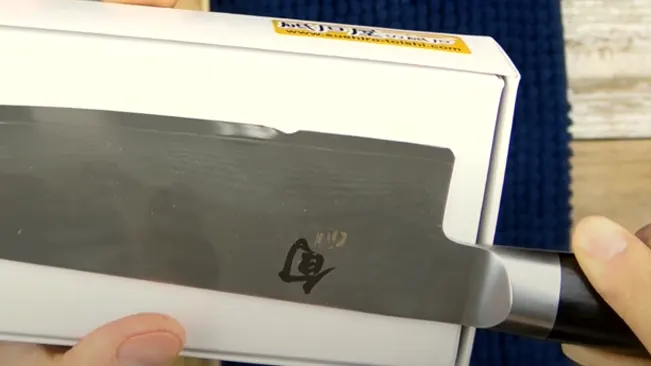
Assess the Damage: Small nicks can often be worked out through regular sharpening, but larger ones may require starting with a very coarse stone.
Work Gradually: Remove enough material to get past the nick, then progressively move to finer grits to refine the edge.
Understanding Blade Steel
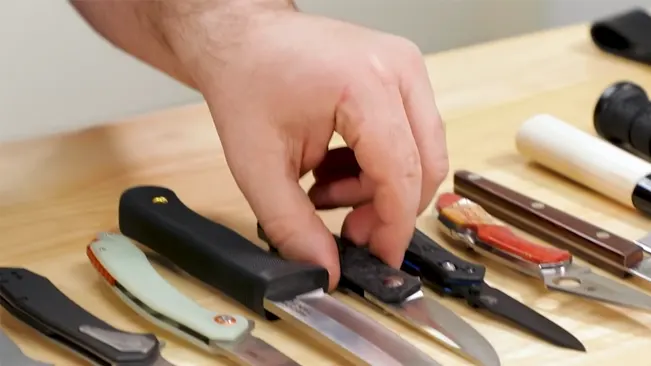
Different Steels, Different Techniques: Different blade materials may require different sharpening techniques. Harder steels may hold an edge longer but can be more challenging to sharpen.
Research Your Knife: Understand your knife’s steel type and its properties. This knowledge can guide you on how often to sharpen and what tools to use.
Testing Sharpness
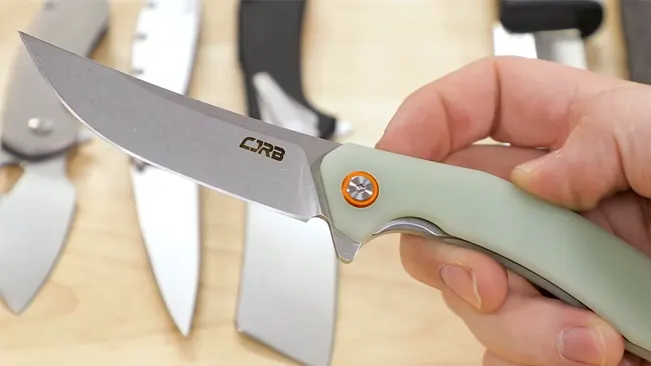
Paper Test: A classic test for sharpness is to see if your knife can smoothly cut through a piece of paper.
Tomato Test: A sharp knife should easily slice through a tomato with minimal pressure.
Continual Learning
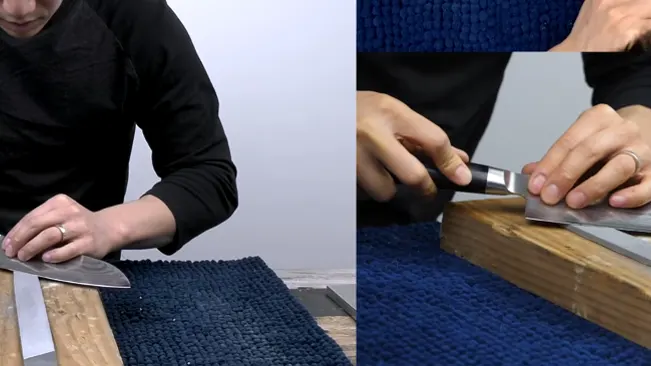
Stay Informed: Sharpening is a skill that benefits from continual learning. Watch tutorials, read books, and learn from experienced sharpeners.
Practice Makes Perfect: The more you practice, the better you’ll become. Experiment with different techniques to find what works best for you.
By incorporating these advanced tips into your sharpening routine, you can ensure your pocket knife is always in prime condition, ready for whatever task you have at hand. Remember, sharpening is both a science and an art – precision in technique, along with a bit of personal flair, makes for the perfect edge.
Safety Considerations
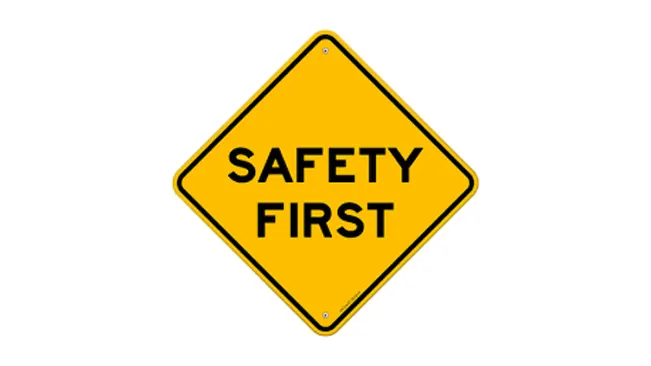
When sharpening a pocket knife, it’s imperative to prioritize safety to prevent accidents and ensure a pleasant sharpening experience. Always sharpen away from your body to reduce the risk of the knife slipping and causing injury. Keeping your hands clear of the blade’s path is crucial; avoid placing your fingers in the line where the blade moves during sharpening. If available, wearing protective gloves can provide an extra layer of safety, especially when dealing with sharp edges or if you are new to sharpening. Additionally, proper storage of your pocket knife is essential not only to prevent accidents but also to protect the knife’s edge from damage. It’s advisable to use a knife block, sheath, or a designated storage area to keep the knife securely and safely when not in use. Lastly, always ensure that your sharpening tools are in good condition and free from defects, as damaged tools can lead to unpredictable results and increase the risk of accidents.
Conclusion
Sharpening your pocket knife is a skill that not only enhances the utility and lifespan of your tool but also connects you more deeply with your gear, fostering a sense of self-reliance and preparedness. With regular practice and patience, you’ll develop the finesse and technique required for achieving a consistently sharp blade, turning a routine task into a satisfying craft. It’s important to remember that a well-maintained pocket knife is more than just a tool; it’s a dependable companion in various tasks, from everyday chores to outdoor adventures. As you hone your sharpening skills, you’ll find that this attention to care and detail extends the life of your knife and ensures it’s ready and reliable whenever you need it. The time and effort you invest in sharpening and caring for your pocket knife pays dividends in its performance and longevity, truly making it an invaluable asset in your toolkit.
FAQs
- What is the best tool for sharpening a pocket knife?
The best tool depends on your preference and the knife’s requirements, but a whetstone is widely regarded for its effectiveness and control. Pocket knife sharpeners and honing rods are also popular for their convenience and ease of use. - How do I know what angle to sharpen my pocket knife at?
Most pocket knives are sharpened at an angle between 15 to 20 degrees per side. However, it’s important to consider the manufacturer’s recommendations and the specific use of the knife. Some sharpening tools come with angle guides to assist you. - Can I sharpen a serrated pocket knife the same way as a straight-edge knife?
No, serrated knives require a different technique. You’ll need a round sharpening rod small enough to fit into the serrations, and you’ll sharpen each serration individually. - How often should I sharpen my pocket knife?
The frequency depends on how often you use your knife and what you use it for. Regular users might need to sharpen their knife every few weeks, while less frequent users might only need to sharpen it a few times a year. Regular honing can extend the time between sharpening. - Do I need to use oil or water on a whetstone?
It depends on the type of whetstone. Some stones require water or oil as a lubricant to carry away the metal filings and reduce heat from friction. Be sure to follow the manufacturer’s instructions for your specific stone. - Can sharpening a knife too often damage it?
Excessive sharpening can remove more material than necessary, potentially shortening the life of your knife. It’s important to sharpen only as needed and to use the correct technique to avoid unnecessary wear. - How can I tell if my pocket knife is sharp enough?
You can test the sharpness by carefully slicing through a piece of paper. A sharp knife should cut smoothly without tearing. Another method is the tomato test; a sharp knife should easily slice through the skin without applying much pressure. - Is it better to sharpen a knife with a pulling or pushing motion?
Generally, a pulling motion (moving the blade away from the edge) is recommended as it’s safer and allows for better control over the angle and pressure. - What is the difference between sharpening and honing a knife?
Sharpening removes material from the blade to create a new edge, while honing realigns the existing edge without removing much material. Honing should be done more frequently to maintain the edge, while sharpening is done as needed. - Can I use a kitchen knife sharpener for my pocket knife?
While you can, it’s not always recommended. Pocket knives often have different blade geometries and steel types than kitchen knives. It’s best to use a sharpening tool that accommodates the specific needs of your pocket knife for optimal results.
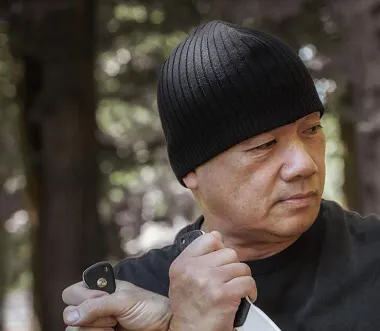
Kerith Simon
As an expert with over ten years of dedicated experience in knife defense, my professional journey is anchored in a profound commitment to the safety and empowerment of individuals through specialized education. My expertise is not only grounded in practical self-defense techniques but also extends to a scholarly understanding of knife functionality, which I have meticulously documented in my authoritative series, This work stands as a testament to my deep engagement with the subject, offering readers critical insights into the nuances of knife selection and usage across various contexts. My approach to teaching and content creation is informed by a rigorous methodology and a continuous pursuit of knowledge, ensuring that the strategies and insights I provide are both effective and scientifically sound. Through a combination of hands-on workshops, comprehensive seminars, and well-researched publications, I strive to elevate the standard of knife defense education, making it accessible and reliable for those seeking to enhance their security and proficiency in this essential skill.

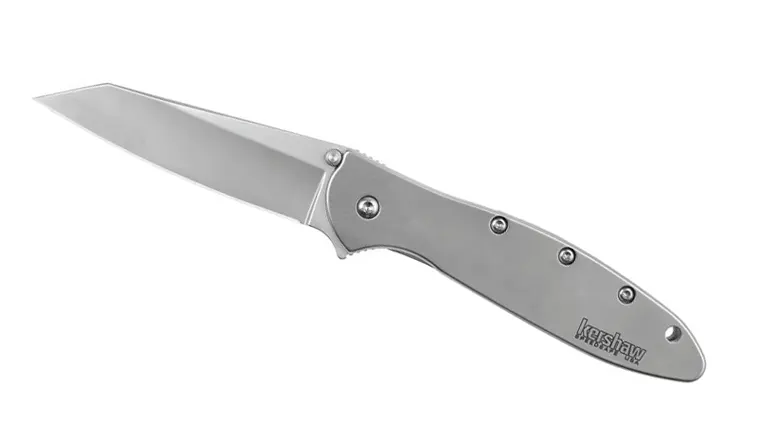
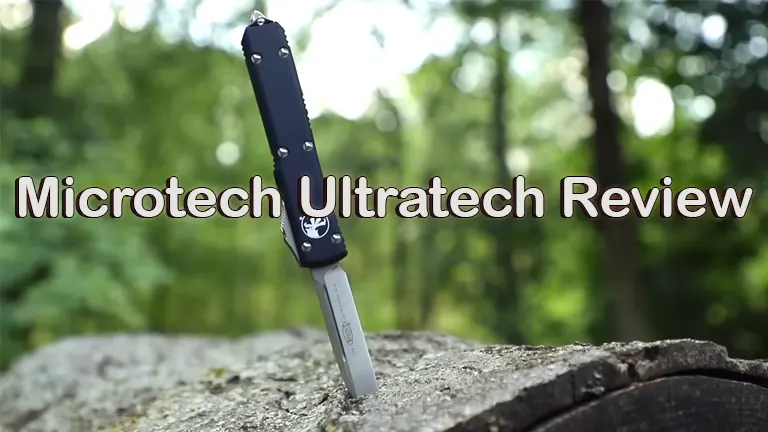
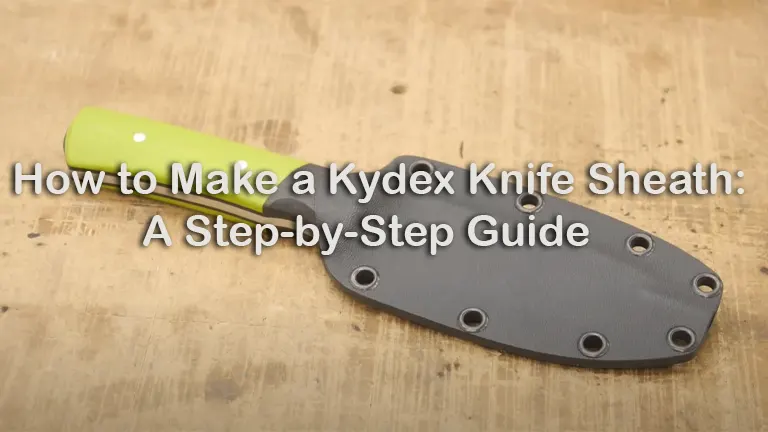
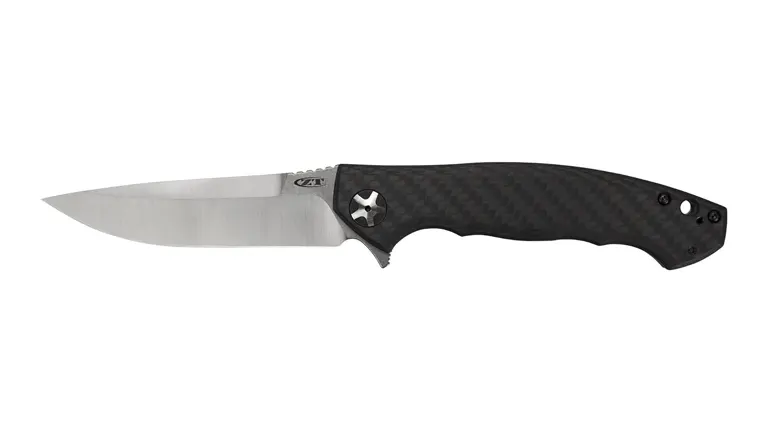


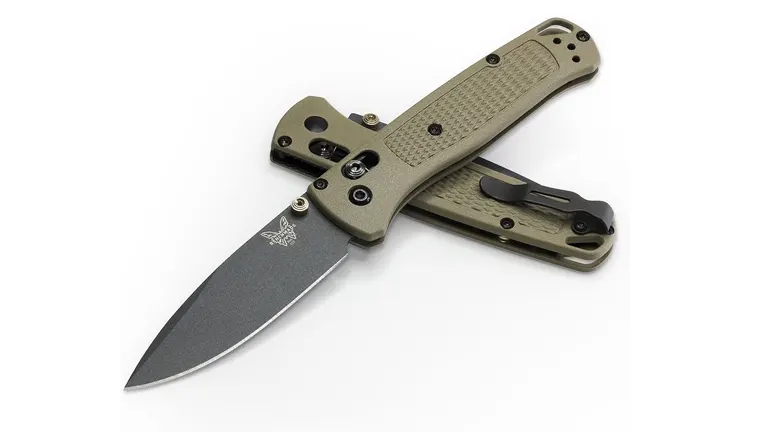
Leave your comment